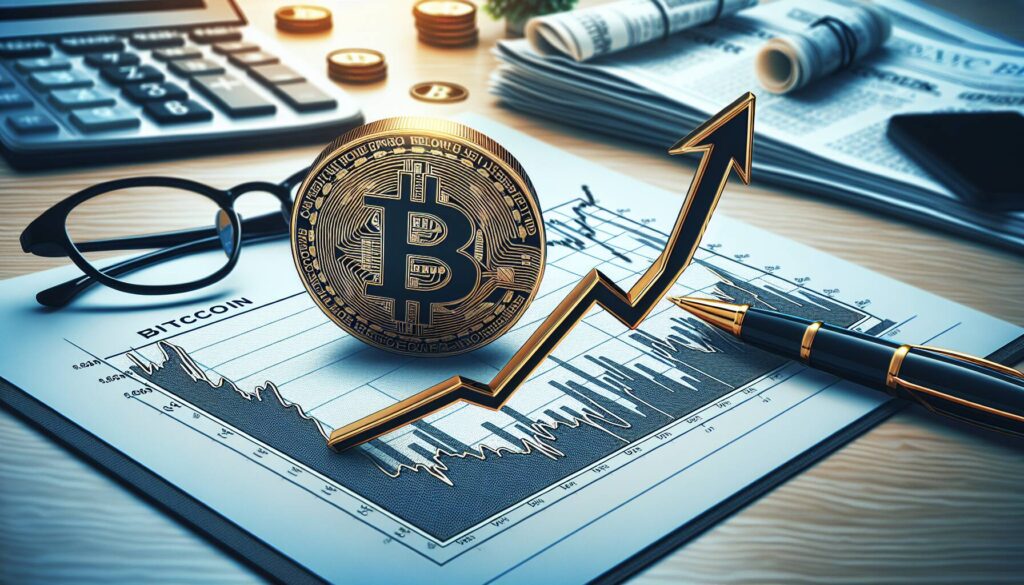The cryptocurrency industry is increasingly aware of the broader economic landscape, particularly as discussions center on labor market risks and persistent inflation. Recent insights reveal a concerning trend: while the job market is showing signs of strain, inflation remains stubbornly high, leading analysts to closely monitor the implications for digital assets.
As industry experts convene to examine these economic pressures, the overarching sentiment suggests that risk factors are mounting. This consensus emerges at a time when traders and investors are evaluating how macroeconomic conditions might steer the future of cryptocurrencies, often viewed as an alternative investment amidst traditional market fluctuations.
“The interaction between labor market developments and inflation could significantly influence the trajectory of cryptocurrency valuations,” noted a leading economic analyst.
Market participants are urged to stay informed as these dynamics unfold, acknowledging that the current economic climate could shape the strategies of both institutional and retail investors in the crypto space.

Growing Labor Market Risks Amidst Sticky Inflation
This article highlights the evolving economic landscape characterized by increasing labor market risks while inflation remains persistent. Here are the key points:
- Labor Market Risks:
- Indicators suggest a potential slowdown in job growth.
- Employers may face challenges in retaining talent due to market shifts.
- Sticky Inflation:
- Inflation rates continue to remain elevated, impacting purchasing power.
- Consumer prices are slow to adjust, leading to sustained economic pressures.
- Impact on Employment:
- Job seekers may find fewer opportunities as hiring slows.
- Workers may experience wage stagnation despite rising costs of living.
- Broader Economic Implications:
- Businesses may adjust hiring strategies in response to economic uncertainties.
- Consumers may alter spending habits due to financial pressures.
These factors collectively influence the economic well-being of individuals, affecting employment stability and financial security.
Labor Market Risks Amid Sticky Inflation: A Comparative Analysis
The latest discussions around the labor market reveal a palpable concern about emerging risks that could impact economic stability. As inflation continues to be a significant hurdle, many analysts are drawing comparisons with similar news cycles in recent years. This environment suggests that while some sectors might experience growth opportunities, others may face substantial challenges.
One competitive advantage of the current narrative is the heightened awareness among businesses and policymakers regarding labor dynamics. Companies might adapt more proactively to potential labor shortages or shifts in labor supply, possibly investing in automation or enhanced employee engagement strategies. This proactive approach can foster resilience in sectors reliant on a stable workforce, like manufacturing and services, potentially positioning them favorably against competitors.
However, the downside to this consensus could significantly burden industries already grappling with tight margins. Sectors such as retail and hospitality may struggle more as they face escalating labor costs alongside stiff inflationary pressures. This dual challenge could diminish their profitability and lead to difficult decisions, including layoffs or reduced hiring efforts, ultimately affecting their competitive stance in the marketplace.
For job seekers, particularly in roles where demand is anticipated to fluctuate due to these labor market risks, the situation could prove both beneficial and detrimental. Skilled workers might find better opportunities as employers compete for a limited talent pool, while those in lower-skill positions could find the market increasingly volatile, raising concerns about job security. Hence, understanding these dynamics is crucial for navigating the evolving labor landscape.
Moreover, policymakers need to consider the implications of sustained inflation coupled with labor market uncertainties. Strategies aimed at addressing inflation might inadvertently exacerbate employment risks, leading to a cycle that hinders economic recovery efforts. Thus, while the focus on labor market risks presents opportunities for advancement, it also highlights significant challenges that need to be addressed consistently across industries.

















